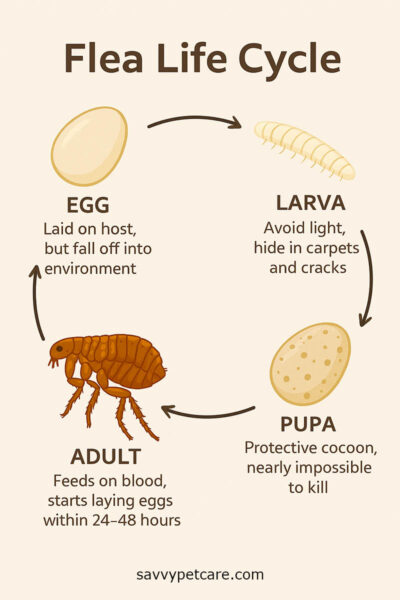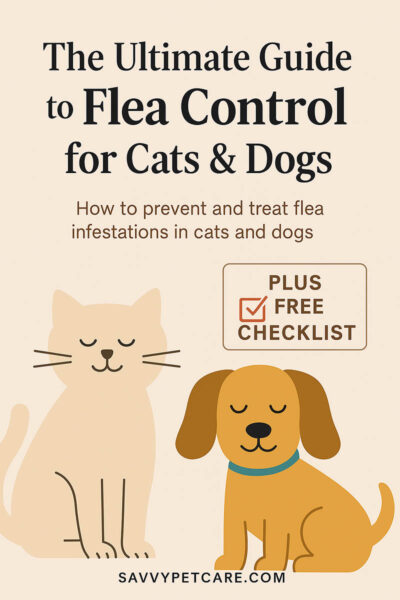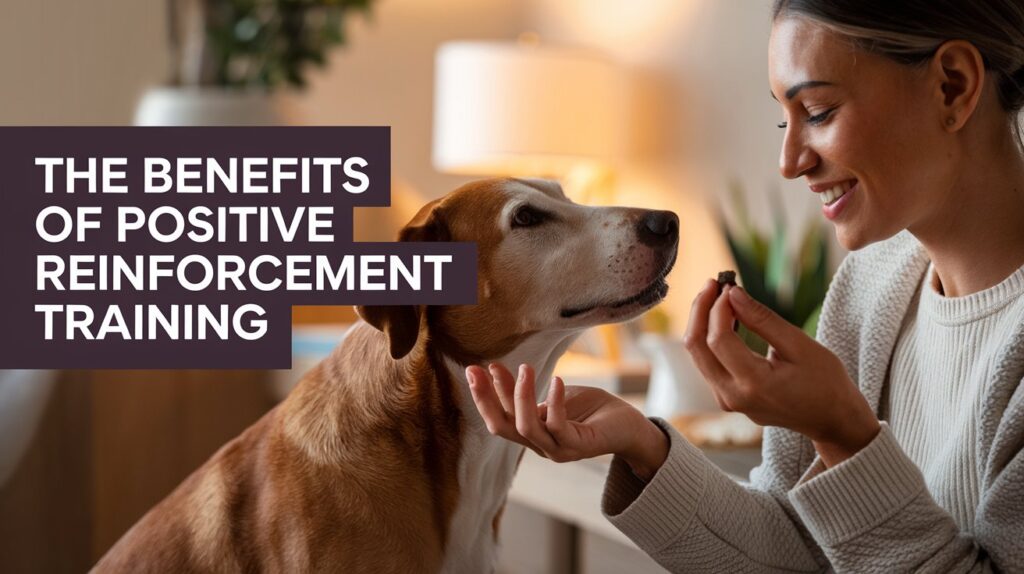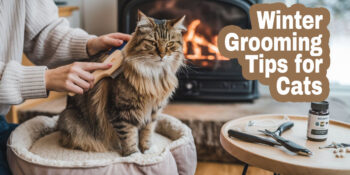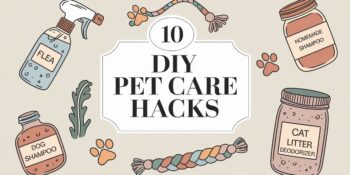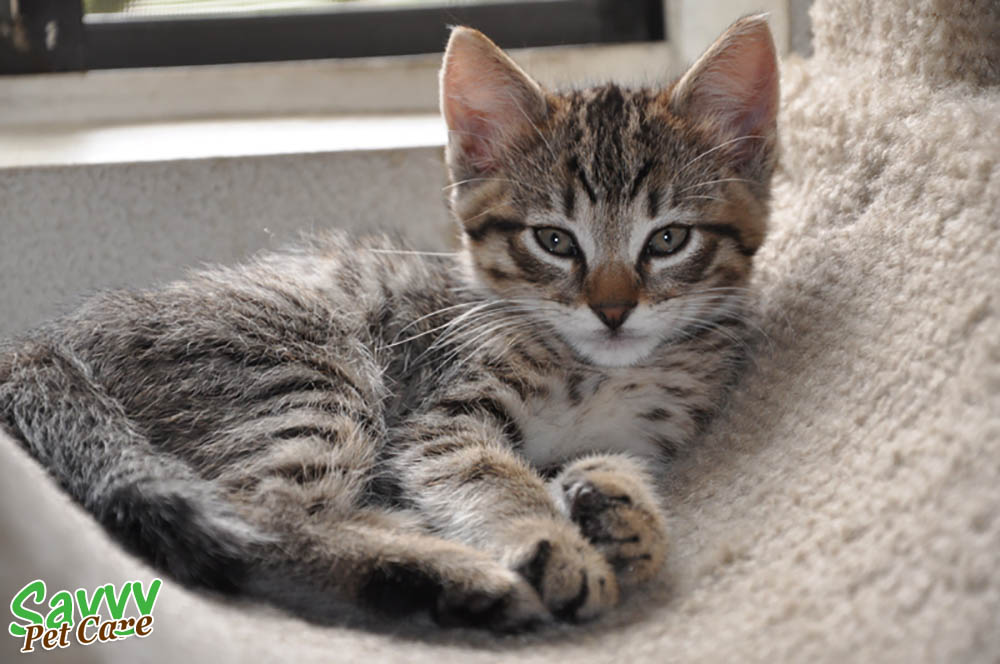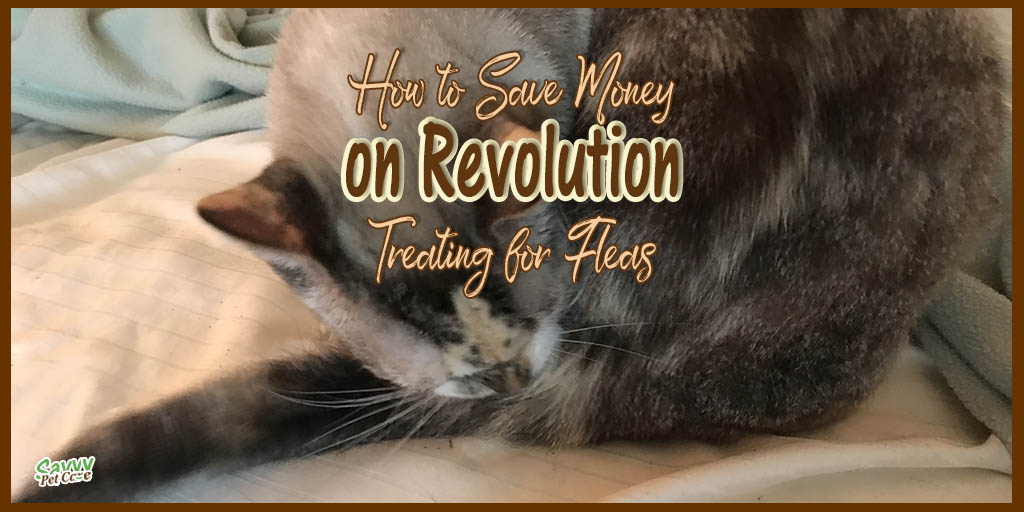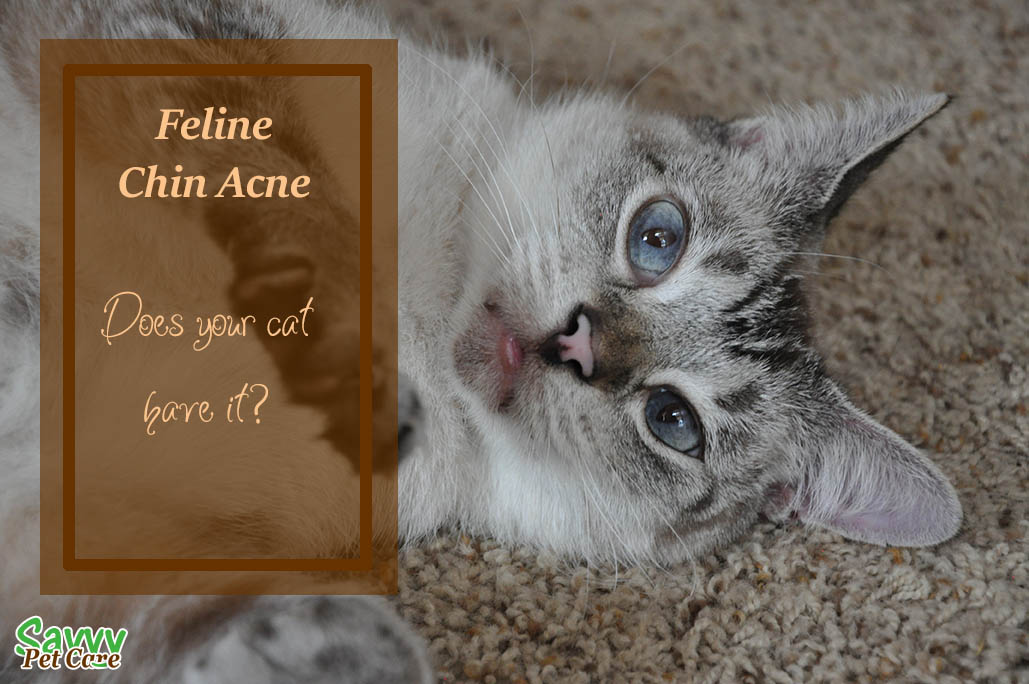Fleas are more than just a nuisance—they can cause serious misery for your pets and lead to full-blown infestations in your home. I’ve written a lot about fleas and flea control on Savvy Pet Care because, let’s face it, they’re one of the most common and frustrating issues pet parents face for their pets.
In this all-in-one guide, I’m pulling together everything you need to know about fleas, how to prevent them, treat them, and stop them from coming back—plus I’ll link to deeper dives if you want to really geek out (like I do!). Flea control on your pets is crucial to their comfort, health and happiness. Whether you’re dealing with a current infestation or just want to stay ahead of the game, this post has you covered.
How to Tell If Your Pet Has Fleas
Some pets show obvious signs like nonstop scratching, biting, or hair loss—but others might barely react, even when they’re covered in fleas. That’s why it’s important to know the subtler signs, too.
Here are the most common signs of fleas on cats and dogs:
- Frequent scratching, licking, or biting at the skin
- Hair loss or irritated “hot spots”
- Black specks (aka “flea dirt”) on your pet or bedding
- Small red bites on your pet—or even on you!
Need more info? I break it all down in my post: Flea Infestation – What You Need to Know
Understanding the Flea Life Cycle
To get rid of fleas for good, you’ve got to understand how they live—and multiply. A single flea can lay up to 50 eggs per day, which quickly fall into your carpet, furniture, and pet bedding. Those eggs turn into larvae, then pupae, then emerge as adults ready to start the cycle all over again.
Fleas go through 4 life stages:
-
Egg – Laid on your pet, but quickly fall into the environment
-
Larva – Avoid light, hide in carpets and cracks
-
Pupa – Protective cocoon, nearly impossible to kill
-
Adult – Feeds on blood, starts laying eggs within 24–48 hours
This is why just treating your pet often isn’t enough. You need a multi-step approach that targets every stage for total flea control..
The True Cost of Flea Control
When it comes to treating fleas, a lot of pet parents feel stuck between spending too much or getting products that just don’t work. But it doesn’t have to be that way!
In my post, How to Save Money Treating Fleas with Revolution, I break down how I save money by purchasing from a trusted online source—and how you can too.
I also wrote a post on another easy way to stretch your dollar: Save Money on Flea Treatment by Buying Larger Sizes. Advantage and Frontline, for example, are both readily available and can be purchased in larger dog sizes, then accurately dosed for cats and small dogs. This method can save you a lot—especially in multi-pet households—when done safely. Veterinarians and drug manufacturers warn against tube splitting but it has been being done safely by rescues for years.
Many over-the-counter products are ineffective or outdated, while vet-prescribed treatments can get pricey. The key is finding the balance between safety, efficacy, and affordability.
Tip: Stick with reputable brands and use dosing guidelines from trusted sources.
What Kills Fleas at Every Stage?
To really beat a flea infestation, you need to go beyond killing the adults. That’s where Insect Growth Regulators (IGRs) come in. These products stop eggs and larvae from maturing, effectively breaking the life cycle.
I break it all down here: The Best Pest Hack You’ve Never Heard Of: IGRs
Here’s a quick rundown of what works on each stage:
| Flea Stage | What Works |
|---|---|
| Eggs | IGRs (e.g., methoprene, pyriproxyfen) |
| Larvae | IGRs, thorough vacuuming |
| Pupae | Almost nothing—must wait it out or trigger emergence with vibration/heat |
| Adults | Spot-ons, oral meds, flea combs, sprays |
A Quick Note About Natural RemediesI know how tempting it is to reach for natural flea remedies—I’ve been there. But after years of dealing with fleas, I’ve learned that natural options like essential oils and herbal sprays may repel fleas, but they don’t eliminate infestations.
I don’t use “natural” remedies anymore because they simply don’t work well enough. The only thing I do use that’s considered a natural approach is an insect growth regulator (IGR), which prevents flea eggs and larvae from maturing—and even that needs to be used with other proven treatments.
If you’re serious about stopping fleas, I recommend using trusted products that kill fleas at every life stage.
How to Prevent Fleas Year-Round
Even if you’ve never had a flea problem (lucky you!), prevention is the easiest, most effective way to keep it that way. Fleas are resilient little hitchhikers that can come indoors on clothing, shoes, or even from the neighbor’s pet. Once they get in, they’re hard to get rid of—so prevention is always worth it.
Here’s a year-round plan for flea control on your pets so you can stay ahead of the problem:
Monthly Prevention Routine
- Treat pets consistently with a flea preventative
- Wash pet bedding in hot water
- Vacuum carpets, rugs, and pet areas thoroughly
- Use an IGR spray in areas pets frequent
- Check your pets weekly with a flea comb
I go into more detail in Flea Control – What Really Works, where I share tips from my own experience managing multiple pets.
According to the Companion Animal Parasite Council, consistent flea prevention is crucial even for indoor pets.
How to Handle a Full-Blown Flea Infestation
If you’re reading this while dealing with an active infestation, don’t panic—but do act fast. Fleas reproduce at lightning speed, and the longer you wait, the worse it gets. The good news? You can get ahead of it with a thorough, layered approach.
Step 1: Treat Your Pets
- Use a fast-acting flea treatment like a spot-on or oral medication.
- Bathe your pet with a flea shampoo if heavily infested (especially dogs).
- Comb daily with a fine-tooth flea comb, especially around the neck and tail.
Reference: Flea Infestation – What You Need to Know
Step 2: Treat Your Home
- Vacuum daily—carpets, furniture, baseboards, and anywhere your pet lounges.
- Immediately discard the vacuum bag or empty the canister outside.
- Wash all pet bedding (and yours, if necessary) in hot water weekly.
- Use a home spray that contains IGR to kill eggs and larvae hiding in your home.
Step 3: Treat Your Yard (If Applicable)
- Mow the lawn and remove yard debris.
- Focus on shaded, damp areas—fleas avoid direct sunlight.
- Beneficial nematodes kill the flea larvae but do not harm beneficial insects.
- Consider using an outdoor flea treatment safe for pets.
- Spray with an IGR.
Pro Tip: Flea pupae are resistant to most treatments. Vacuuming can help trigger them to hatch—then you can treat them before they reproduce.
Common Flea Myths That Could Cost You
There’s a lot of misinformation out there about fleas. Let’s clear a few things up:
-
Myth: “My pet stays inside, so they don’t need flea treatment.”
-
Truth: Fleas can easily hitch a ride indoors on you, other pets, or even packages.
-
-
Myth: “I treated once—why are there still fleas?”
-
Truth: Flea eggs and pupae can survive for weeks. Multiple treatments are needed to break the cycle.
-
-
Myth: “My pet doesn’t scratch, so they must not have fleas.”
-
Truth: Some pets have no allergic reaction to bites and may carry fleas without showing signs.
-
Top Flea Control Products for Pets that I Recommend
After years of dealing with fleas in a multi-pet household, I’ve tested a lot of flea treatments. These are the products I’ve personally found most effective—and many of them are budget-friendly too.
For Pets
- Capstar Fast-Acting Oral Tablets – Great for quick knockdown of adult fleas.
- Advantage II – Monthly spot-on treatment with insect growth regulator.
- Revolution or Revolution Plus (Vet-sourced or approved online pharmacy) – Effective, broad-spectrum monthly treatment.
- Flea Comb – A must-have for regular checks and removing stragglers.
For Your Home
- MGK NyGard IGR Concentrate – Contains IGR to stop eggs/larvae.
- Vacuum with HEPA filter – Helps trap and contain flea eggs, dander, and allergens.
For Your Yard
- Vet’s Best Flea & Tick Yard Spray– Plant-based and safe around pets.
- Beneficial Nematodes Triple Blend Mix
These are affiliate links, which means I may earn a small commission at no extra cost to you. I only recommend what I trust and use myself.
Conclusion: You Can Win the Battle Against Fleas
Fleas may be relentless, but with the right knowledge and tools, you can take back control for your pets. Whether you’re preventing a problem or battling an infestation, remember—it’s about targeting all stages of the flea life cycle and being consistent.
This guide is your roadmap to keep your pets and home flea-free all year long, but if you want a handy printable reminder, be sure to grab the free Flea-Free Home Checklist below.
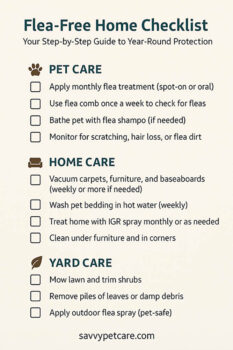 Get your own printable version of the Flea-Free Home Checklist so you can stay on top of flea prevention all year long.
Get your own printable version of the Flea-Free Home Checklist so you can stay on top of flea prevention all year long.
✔️ Monthly reminders
✔️ Pet, home, and yard tasks
✔️ Bonus pro tips!
Ready to Keep Fleas Out—for Good?
Download your FREE printable Flea-Free Home Checklist and stay ahead of fleas all year long.
Just enter your email below and I’ll send it straight to your inbox!






